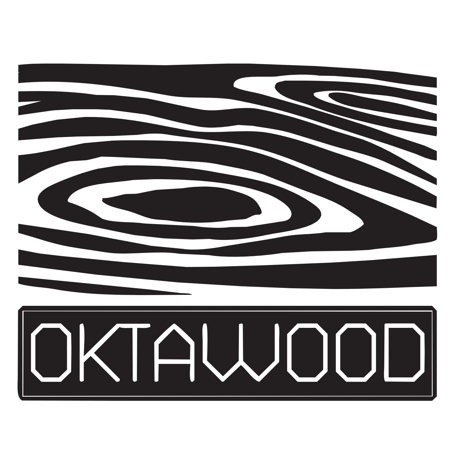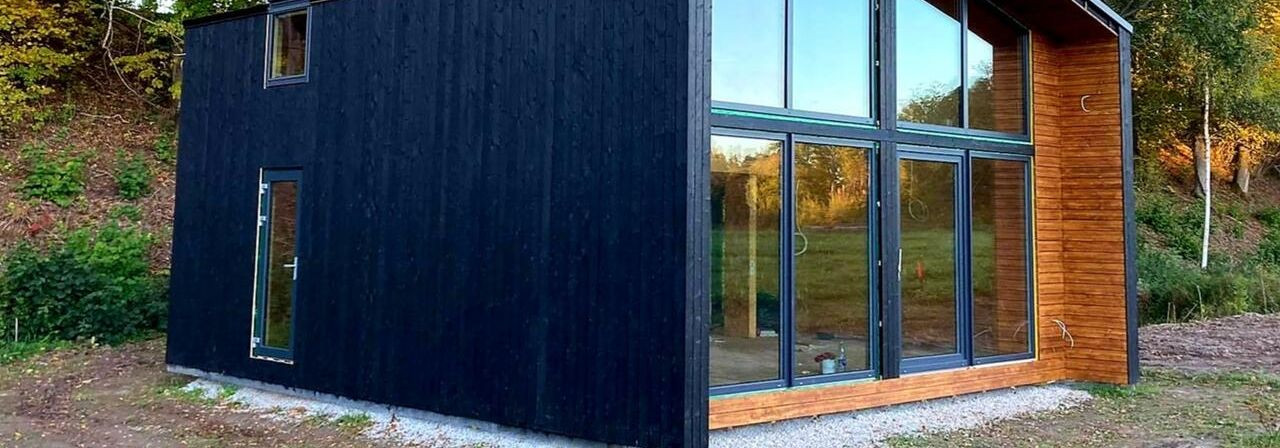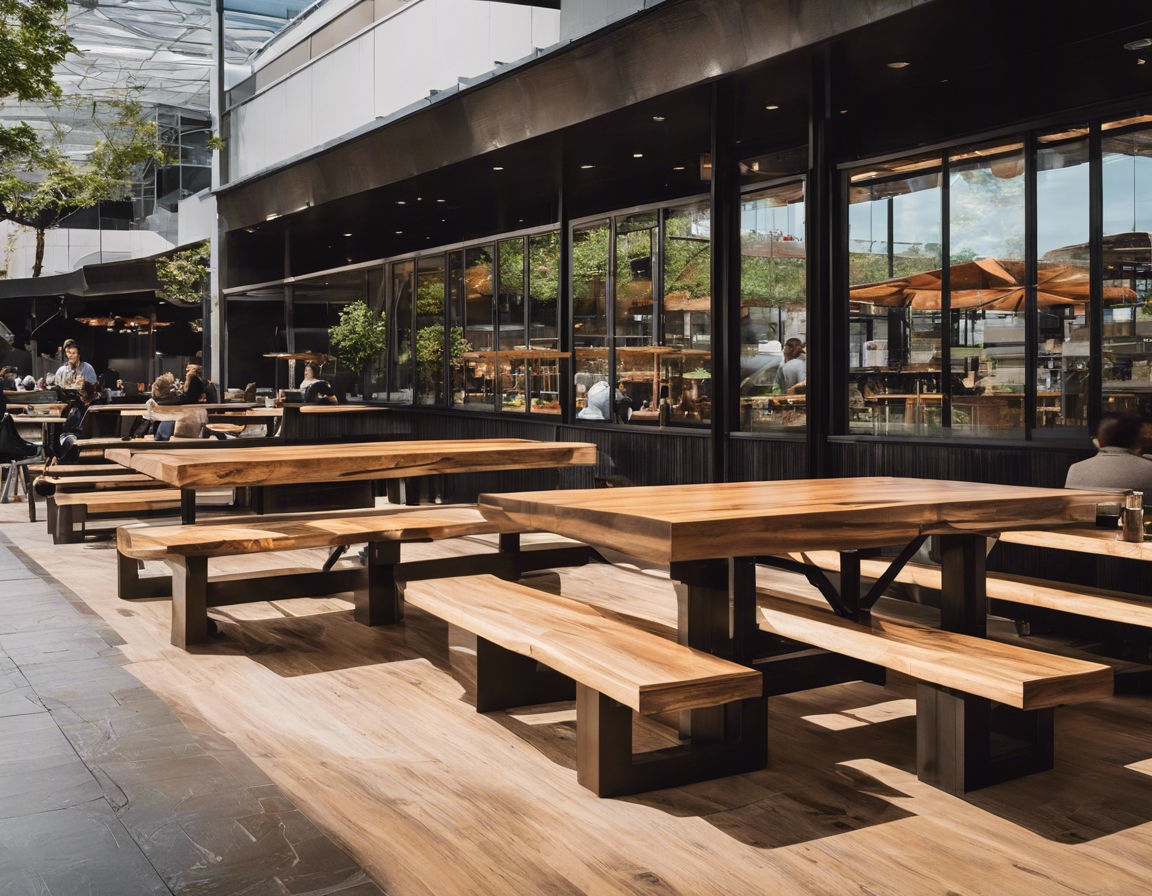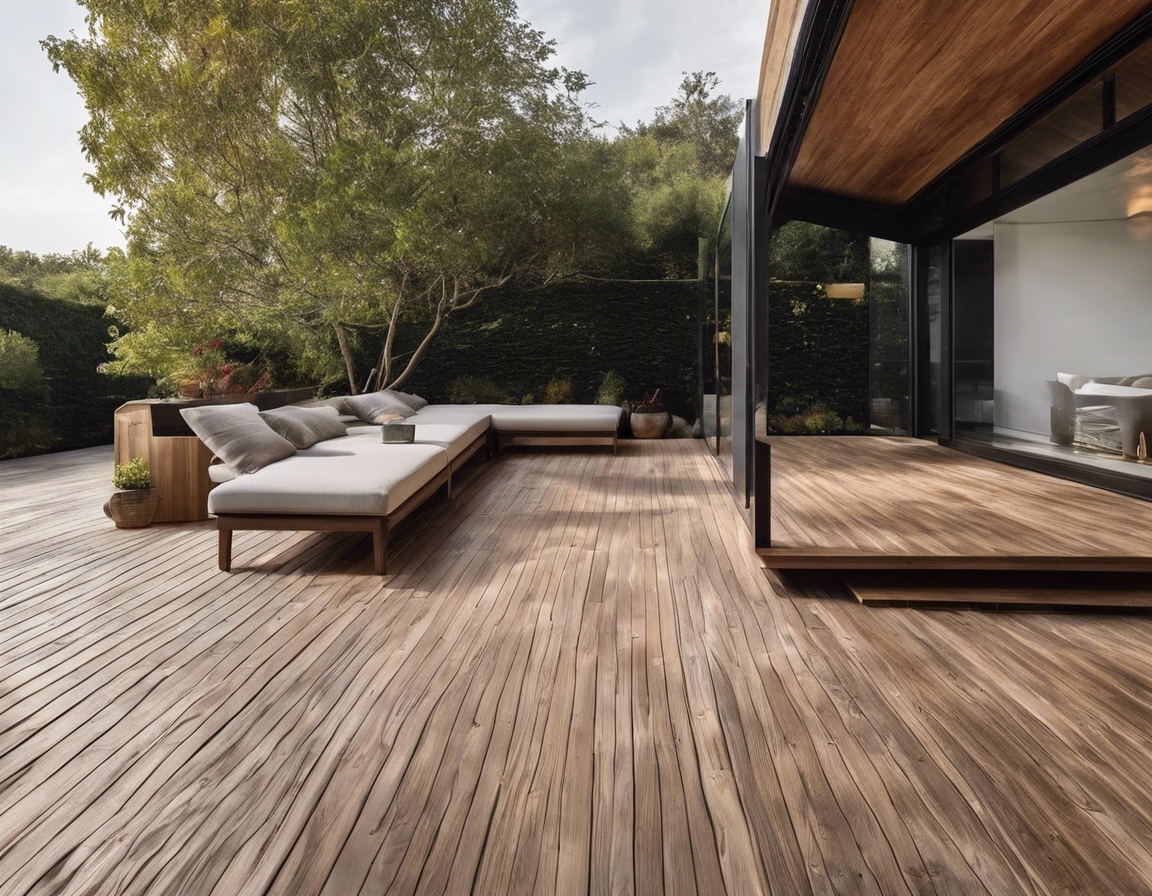The art of yakisugi: a blend of tradition and modernity
Yakisugi, also known as Shou Sugi Ban, is a traditional Japanese method of wood preservation that dates back to the 18th century. Originally used for cedar siding in rural Japan, this technique involves charring the surface of the wood to enhance its durability and resistance to the elements. The process imparts a distinct, rich, and textured appearance that has captured the attention of architects and designers around the globe.
Today, Yakisugi has transcended its traditional roots and has been embraced by modern architecture and design. Its unique aesthetic and practical benefits have made it a sought-after material for both interior and exterior applications, from cladding to flooring, and even furniture.
The Yakisugi Process
The traditional wood used for Yakisugi is Japanese cedar, known for its fine grain and natural oils that make it an ideal candidate for charring. However, with the technique's rise in popularity, other species of wood are also being explored for similar effects.
The heart of the Yakisugi process is the controlled charring of the wood's surface. This is typically done using an open flame, which carbonizes the surface, creating a protective layer that is resistant to moisture, pests, and decay.
After charring, the wood can be left as is, brushed to remove loose soot and ash, or coated with natural oils to enhance its resilience and color. The choice of finish affects the final appearance and maintenance requirements of the wood.
Benefits of Yakisugi
The carbonized layer produced by the Yakisugi process protects the wood from the elements, significantly extending its lifespan. This makes it an excellent choice for regions with variable climates where weather-resistant materials are essential.
Yakisugi is a natural process that does not rely on chemical preservatives, making it an eco-friendly option for sustainable building projects. The longevity of Yakisugi-treated wood also means less frequent replacement and reduced resource consumption.
The deep, charred texture and the interplay of light and shadow on Yakisugi wood provide a unique aesthetic that can add depth and character to any space. It's a testament to how traditional methods can create timeless beauty in modern design.
Yakisugi in Interior and Exterior Design
Yakisugi is particularly well-suited for exterior siding, where its weather-resistant properties are most beneficial. It also provides a striking contrast to other building materials, such as metal or glass, and can be used to create a modern yet natural facade.
Inside the home or commercial spaces, Yakisugi can be used for wall paneling, flooring, or as an accent material. Its rich texture and color bring warmth and sophistication to interiors, complementing both traditional and contemporary styles.
Designers and architects often use Yakisugi as a bridge between traditional and modern aesthetics, leveraging its historical significance to add depth to contemporary projects. It's a material that tells a story, connecting the past with the present.
Maintaining Yakisugi Wood
Maintenance of Yakisugi wood is relatively simple. Regular cleaning with a soft brush or cloth can remove dust and debris, while occasional re-oiling can help maintain its luster and protective properties.
Over time, the charred surface of Yakisugi wood may naturally weather and change in appearance. This evolution is part of its charm, but if a more consistent look is desired, the surface can be lightly re-charred or re-oiled to restore its original beauty.
Yakisugi and the Modern Consumer
As consumers become more environmentally conscious and seek out materials that are both sustainable and aesthetically pleasing, Yakisugi's popularity continues to grow. It aligns with the values of durability, eco-friendliness, and unique design that are increasingly important to today's homeowners and professionals.
For those looking to make a statement with their next building or design project, Yakisugi offers a compelling combination of history, functionality, and beauty. It's a choice that respects the environment while providing a distinctive and durable material that stands the test of time.






Comments (0)